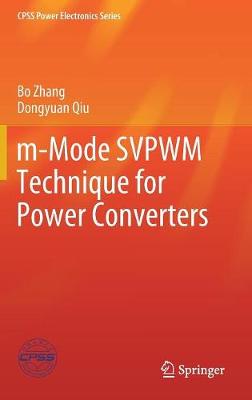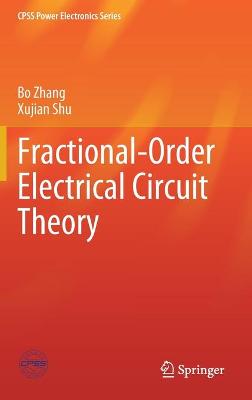CPSS Power Electronics
3 total works
Equivalent-Small-Parameter Analysis of DC/DC Switched-Mode Converter
by Yanfeng Chen and Bo Zhang
This book presents a novel control method for power converters, referred to as m-mode control. It provides an overview of traditional control methods for inverters - e.g. PWM and SVPWM - and the theory of the m-mode control method, while also discussing and applying m-mode control on various types of converters (including three-phase, nine-switch, five-leg and multi-level inverters, PWM rectifiers and modular multi-level converters). The book provides readers with sufficient background and understanding to delve deeper into the topic of SVPWM control. It is also a valuable guide for engineers and researchers whose work involves power converter control.


